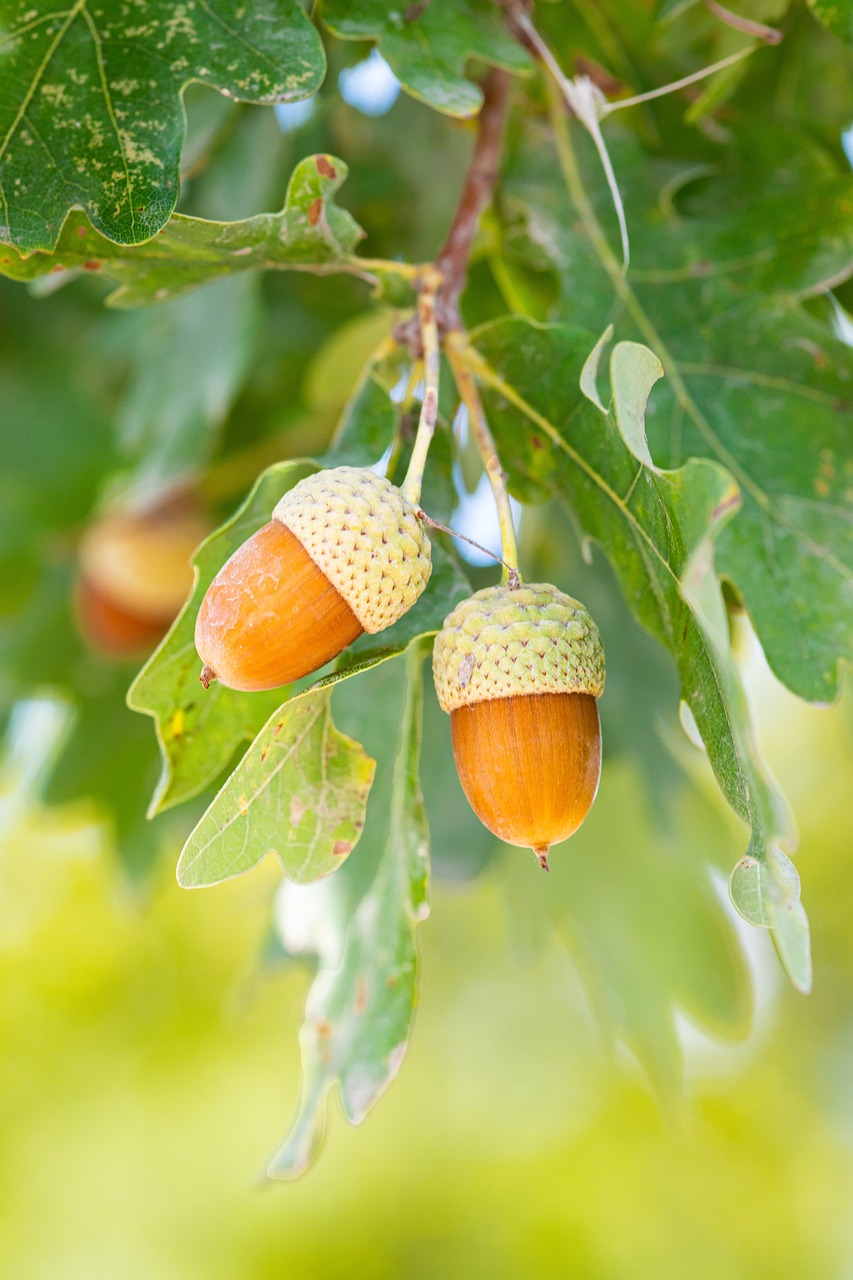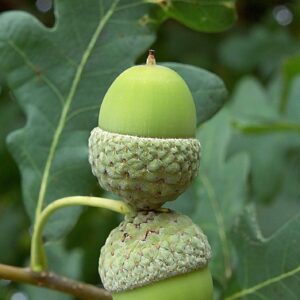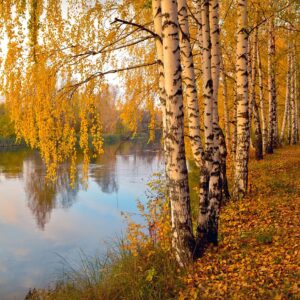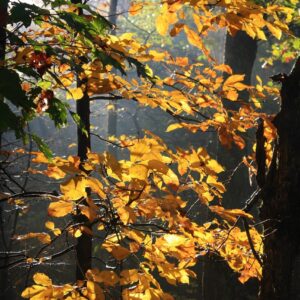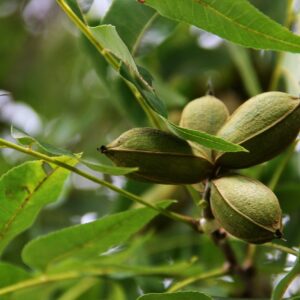Swamp white oak (Quercus bicolor) is a unique species of oak tree native to the eastern United States. Swamp white oak is a resilient and attractive tree species well-suited to wetland and riparian environments, providing ecological benefits and aesthetic value in natural landscapes and cultivated settings alike.
Appearance: Swamp white oak is a medium to large deciduous tree that typically grows to a height of 50-60 feet (15-18 meters) and has a spread of about 40-50 feet (12-15 meters). It has a rounded crown with spreading branches. The bark is light gray and develops shallow fissures and ridges as the tree matures.
Leaves: The leaves of swamp white oak are distinctive and variable in shape, usually ranging from oblong to broadly lanceolate. They are deeply lobed with smooth margins and can measure 4-7 inches (10-18 cm) in length. In autumn, the leaves turn shades of yellow, golden-brown, or sometimes reddish-brown before falling.
Acorns: Like many oak species, swamp white oak produces acorns that are oval-shaped and about 1 inch (2.5 cm) long. These acorns are typically solitary or paired and are an important food source for wildlife, including squirrels, deer, and birds.
Habitat: As its name suggests, swamp white oak thrives in moist to wet soils, particularly in lowland areas such as swamps, floodplains, and along riverbanks. It is more tolerant of wet conditions than many other oak species and can also grow in drier upland sites.
Wood: The wood of swamp white oak is valued for its strength and durability, similar to that of white oak (Quercus alba). It is used in construction, furniture making, and occasionally in cooperage (barrel-making).
Ecological Importance: Swamp white oak provides habitat and food for various wildlife species, contributing to the biodiversity of wetland and riparian ecosystems. Its acorns are an important food source during the fall and winter months.
Cultural and Landscape Use: Swamp white oak is valued in landscaping for its adaptability to wetter soils and its attractive foliage and bark. It is planted in parks, gardens, and along water bodies for its ornamental qualities and wildlife benefits.
Light Exposure: Full sun (6 hours direct light daily)

